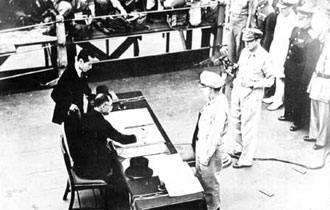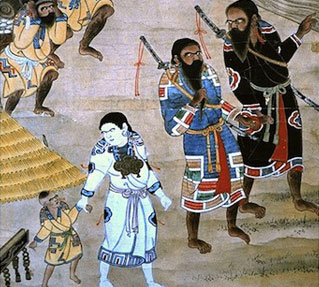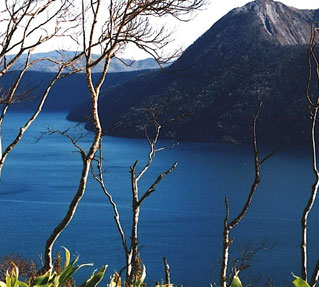Pages |
Nagasaki
With a history of foreign trade from the sixteenth century and as the designated port for all Western and Chinese trade since the Dutch were required to move there from Hirado in 1641, Nagasaki would have seemed the most likely place to flourish when trade expanded through the Treaty of Amity and Commerce. Nagasaki was also convenient to Shanghai, the major treaty port in southern China. The Dutch factory, or trading post, believing this to be the case, established their mission there, remaining until 1863, instead of Kanagawa, which was closest to the seat of government and center of politics. This mistake is part of the reason that the Dutch ended up on the outside of most later political developments in Japan. This history was also the reason that Nagasaki has the oldest Chinatown in Japan. Known as Shinchi chūkagai, it began in the seventeenth century when during the so-called sakoku years, Chinese traders were required to sojourn in the Chinese quarter (tōjin yashiki). Nevertheless Nagasaki was not to be the most active port in post-treaty Japan.
In addition to history and tradition, one important factor that kept Nagasaki relevant as a port was the large supply of coal that could be obtained in the region. This was essential for shipping in the age of steam. In part because of the proximity of the Dutch, a naval training school and a great deal of heavy industry developed in Nagasaki, too.
Perhaps the most famous resident of treaty port Nagasaki was Scotsman Thomas Glover. (1838–1911), a former employee of Jardine Matheson, a major trading company still in existence today. When the ports opened, he left his Company posting in China to become a trader in Nagasaki. When civil war broke out, Glover ran guns to both the Tokugawa and the rebels. After the war Glover was active in helping to establish the Mitsubishi zaibatsu and Kirin Beer Company. Today his house is a tourist attraction.
The treaty port of Nagasaki is also the setting for Puccini’s Madame Butterfly. The opera was based on the semi-autobiographical story by Pierre Loti, Madame Crysantheme (1887). Loti, the pen name for Julien Viaud (1850-1923), spent time in Japan in 1885, and he tells of the relationship between a passing French naval officer and the Japanese woman whose heart he breaks. Nagasaki was very soon surpassed by Yokohama.
Pages |











